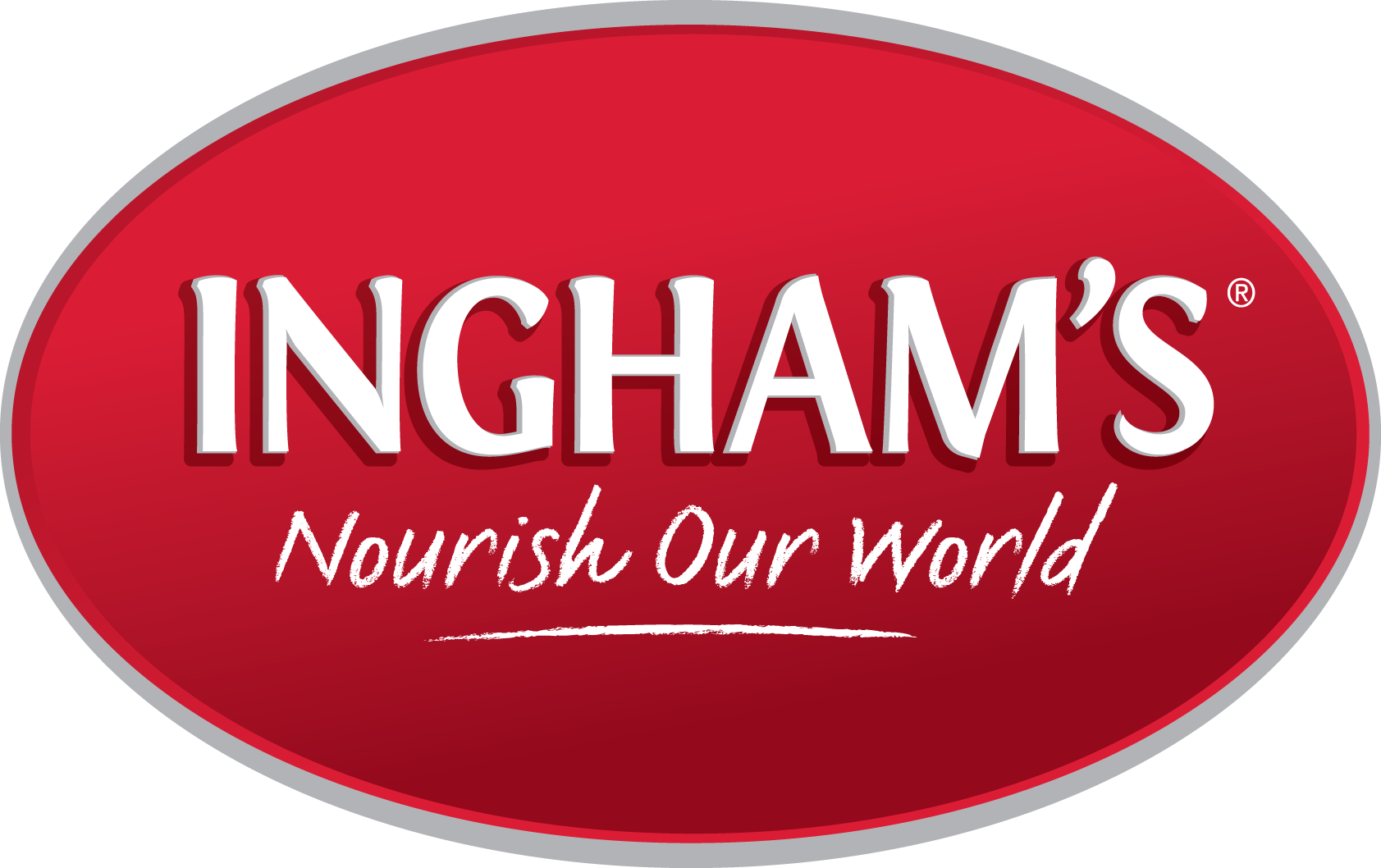Installation of perspex barriers on production lines by our engineering and maintenance teams have supported physical distancing in our operations
PLANET
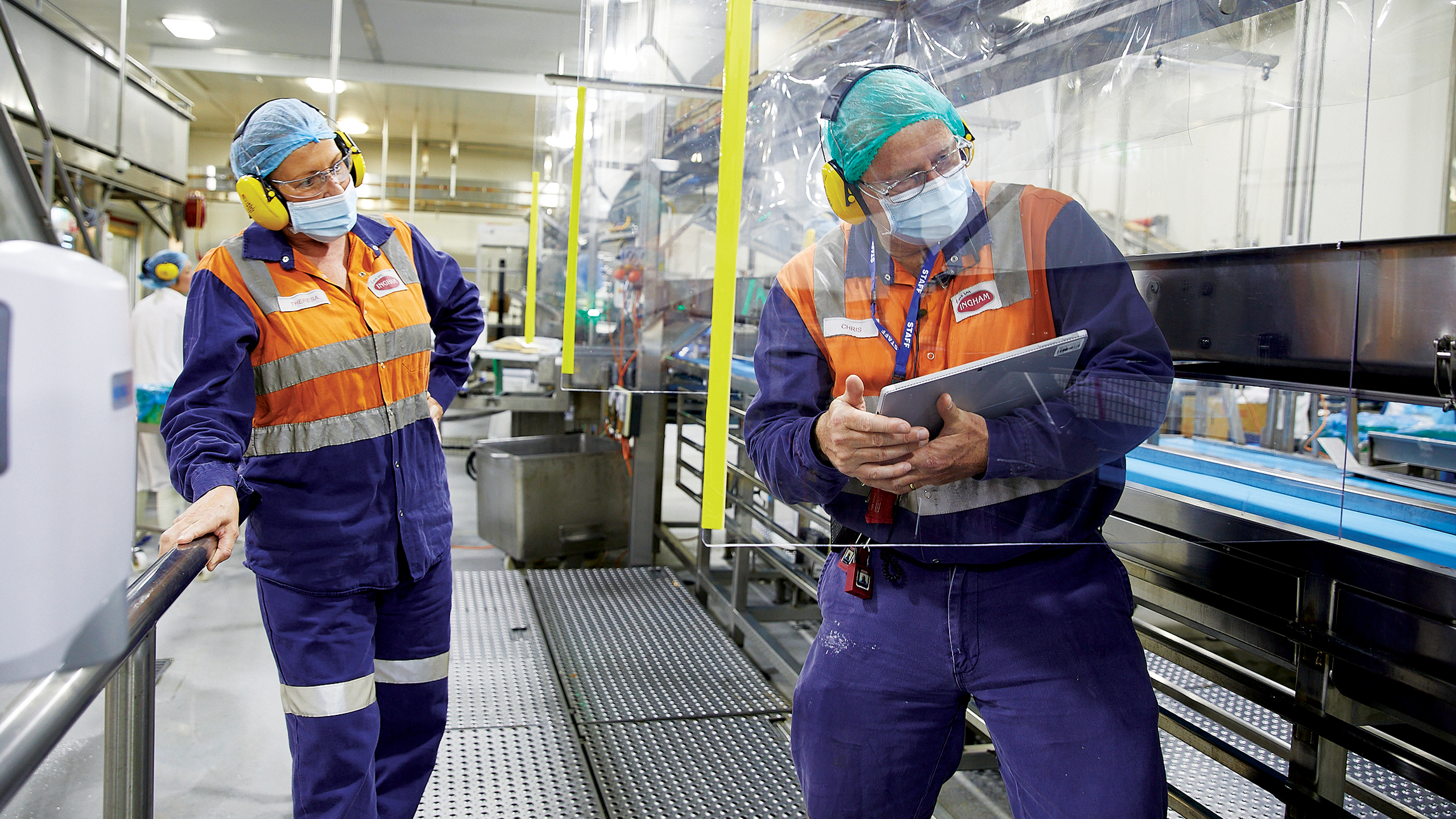
For the past 30 years, we have recognised our success depends on operating sustainably. We have an ongoing commitment to:
- ensure our animals are cared for at all times
- plan for the impacts of climate change
- manage sustainable water, agricultural and environmental practices
- strive for zero harm to our people, and
- take steps to ensure ethical procurement of products and services in our supply chain.
As one of the largest integrated protein producers across Australia and New Zealand, we embrace our responsibility to facilitate best practice in our business to ensure we do the right things by our people and our planet.
Business Sustainability
Our sustainability focus addresses our commitment to deliver positive economic, environmental and social outcomes in the following areas:
Life Cycle
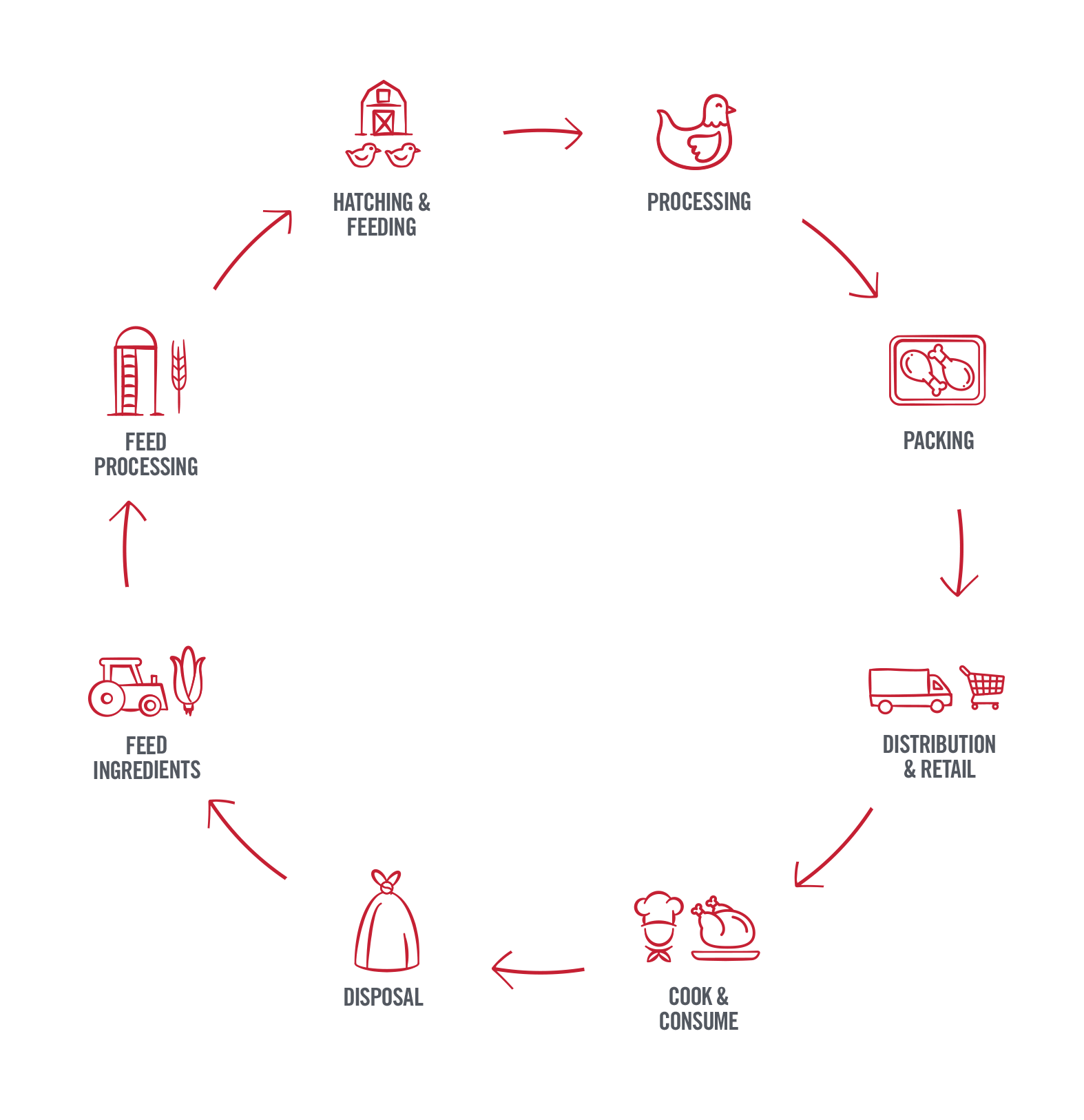
Life Cycle assessment Insights
- From farm to fork, chicken meat has significantly lower resource use and environmental impact compared with beef, pork and lamb.
- Climate change assessment led to the commissioning of an on‑site bore water treatment plant at Te Aroha, New Zealand to combat seasonal drought conditions.
- We are improving our data collection to enable us to track and measure our future performance in managing energy and water use.
Caring for our animals’ welfare and creating a better tomorrow for our planet by reducing, reusing and recycling
Since 2011, we have measured the environmental and social impacts of our operations and products via the evidence‑based scientific framework, Life Cycle Assessment (LCA). We also work consultatively with our sites, customers and suppliers to identify areas for improvement from grower to customer.
Our LCA insights and results are used to develop our sustainability strategy and to assist our procurement decisions and reporting. For example:
- poultry protein production has a significantly lower environmental impact and resource use than beef, lamb or pork
- climate change assessment led to the commissioning of an on‑site bore water treatment plant at Te Aroha, New Zealand to combat seasonal drought conditions, and
- we are improving our data collection to enableus to track and measure our future performance in managing energy and water use.
Animal welfare
We take care of our animals in consultation with international animal welfare experts and regulatory authorities, holding accreditation with:
This year, we have progressed two projects that continue our constant drive to be a leader in animal welfare.
We continue to remove antibiotics in our processes for the protection of human health in line with the World Health Organisation (WHO) Global Principles for the Containment of Antimicrobial Resistance.
We successfully removed zinc bacitracin, an antibiotic providing intestinal health, from our animal’s diet this year without compromising animal welfare. This follows our discontinuation of using High Priority Critically Important Antibiotics. We have never used fluoroquinolones or third‑generation cephalosporins.
The launch of our new antibiotic‑free brand, The FREE RANGER, included replacing coccidiostats with vaccines to protect against a parasitic disease impacting the intestinal tract.

Hatchery construction underway
Our farming, veterinary, nutrition and milling teams have worked collaboratively to combine modified husbandry practices with probiotics and enzymes to ensure an ongoing nutritional and healthy diet for our animals.
The construction of our HatchTech hatcheries in Victoria and Western Australia are on track to be completed in 2021. These hatcheries take animal welfare to a new level as the new HatchCare system provides our day‑old chicks with immediate access to food and water. This provides for stronger, healthier and less stressed day‑old chicks that we supply to our contracted grower farms.
Climate change adaptation and resilience
This year, we targeted eight representative sites to assess our resilience to climate‑related impacts that may affect our business continuity. This included the potential impact of increasing hot weather and prolonged heat waves on our animal welfare, more extreme and frequent bushfires, intense storm events, flooding and droughts.
The key recommendations from this assessment will be applied company‑wide to improve our business resilience against the effects of climate change.

Eight representative sites for climate change adaptation and resilience assessments
To combat the increasing intensity and frequency of seasonal drought conditions impacting our Te Aroha processing plant in New Zealand, we commissioned an on‑site bore water treatment plant this year. This helps the site to reduce reliance on town‑supplied water, which can become stressed due to lower supply in drought conditions.
Our bushfire preparedness plan and collaboration with emergency services ensured we did not sustain any injuries to our people or damage to property in the 2019/2020 bushfires, which impacted most Australian states.
Water stewardship
Water is an essential resource in our operations.
To achieve sustainable water management, we have pioneered an international Alliance for Water Stewardship (AWS) framework.
We proactively manage our water catchment, usage and treatment of wastewater.
This year, we improved water usage by three per cent, tracked through our Planet Key Performance Indicators. We achieved this by maintaining water usage levels against increased production.
Our primary processing operations account for 75 per cent of all water usage. We have developed a water management plan for these sites to focus on reducing their water usage and environmental footprint.
In November 2019, our primary processing plant in Bolivar, South Australia, achieved AWS certification. This is in addition to our other AWS‑certified sites at Murarrie, Queensland; Somerville, Victoria; and Te Aroha, New Zealand.
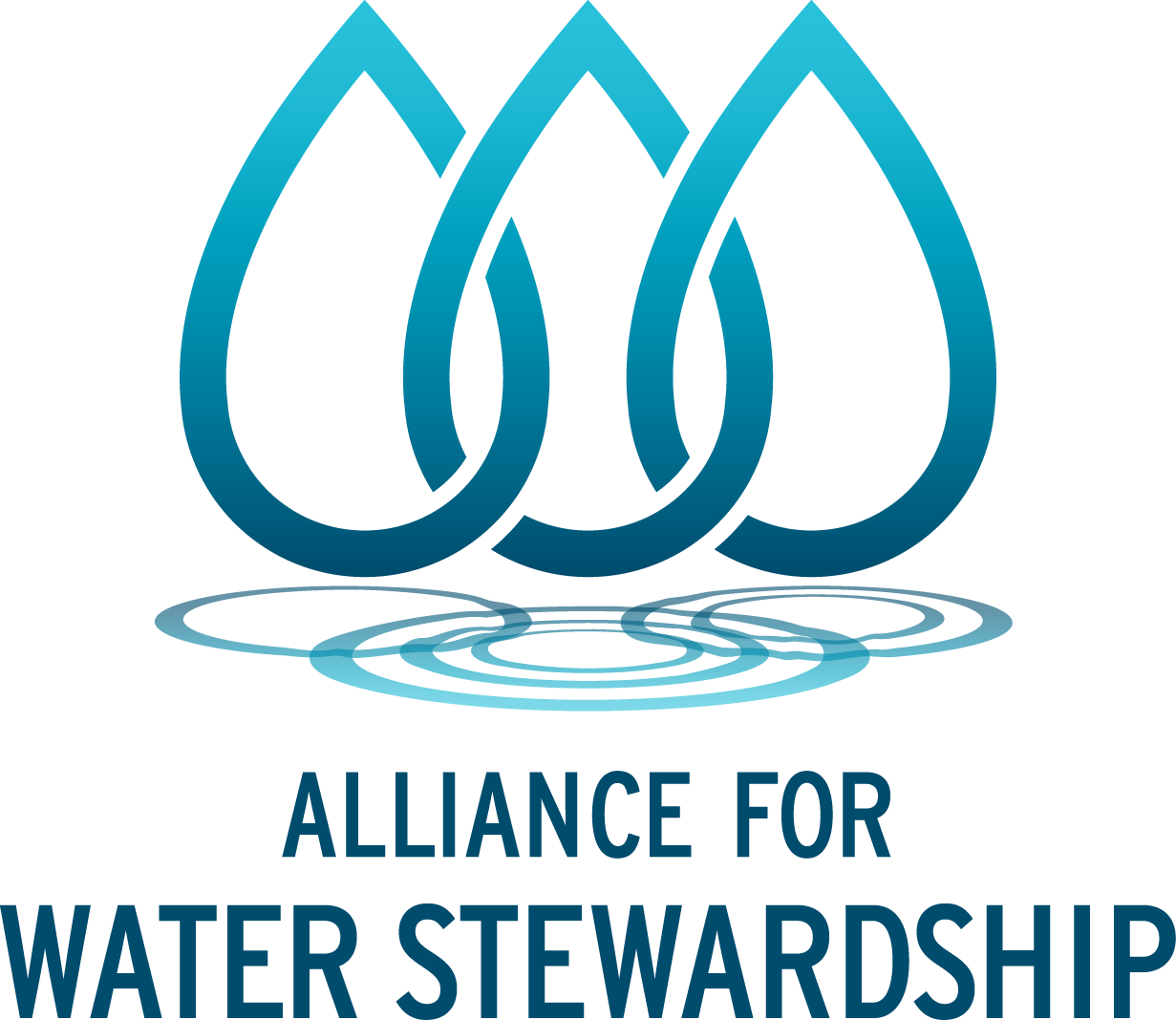
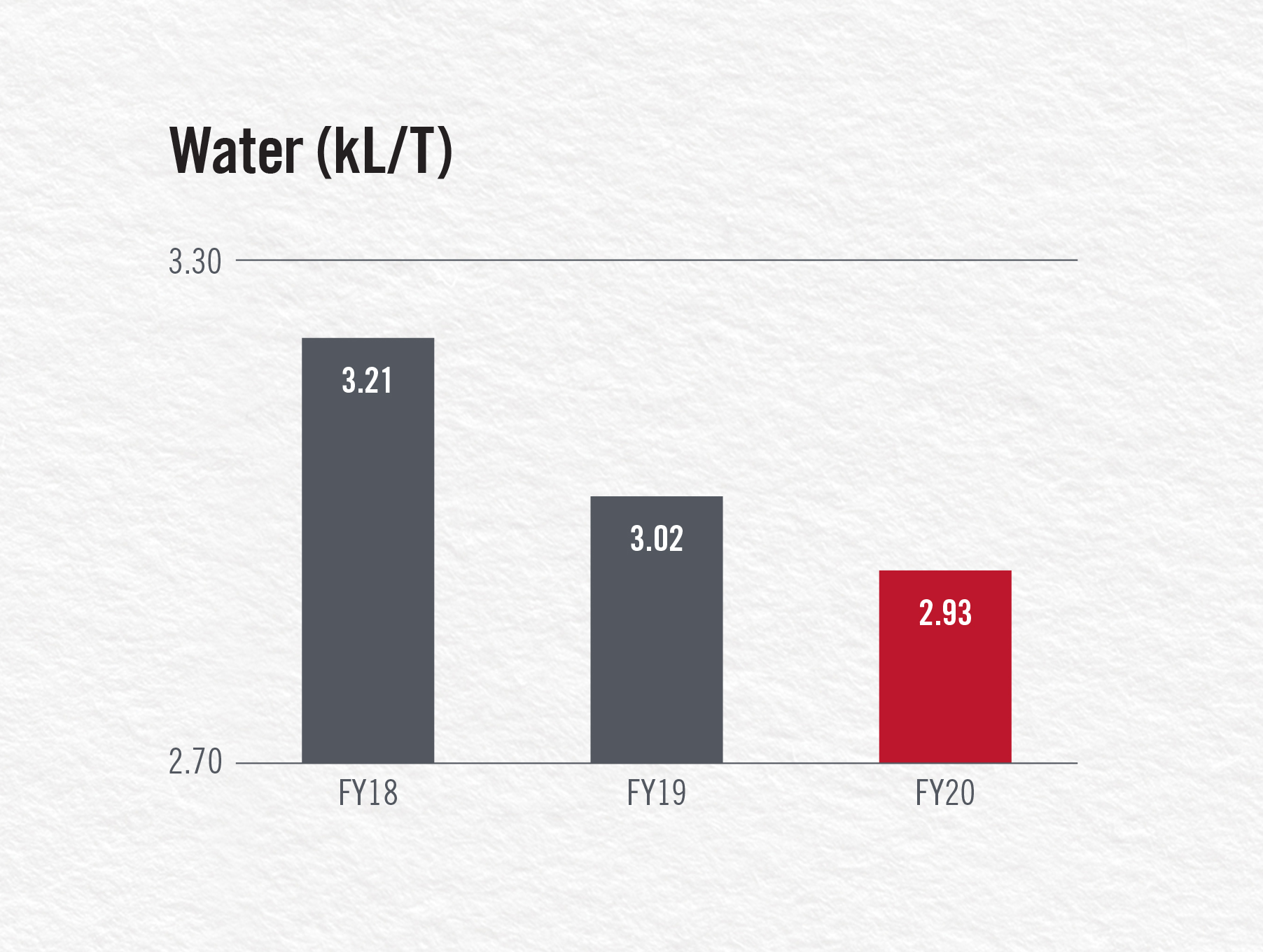

Murarrie site before the pond refurbishment – August 2019

Murarrie site pond refurbishment progress – June 2020
Revegetation projects were initiated this year in partnership with the local councils at Somerville, Victoria and Bolivar, South Australia, to help improve the health of the local waterways.
The on‑site Advanced Water Treatment Plants (AWTPS) at Murarrie and Somerville continue to fulfil up to 70 per cent of the sites’ potable water needs.
We have welcomed more bird wildlife to the wetland areas at our Murarrie primary processing plant, following remediation works on the site’s five ponds. These works have improved the efficiency of the AWTP and water flow into the ponds, which provide a valuable sanctuary for the local wildlife, especially during times of water stress in the area.
In a world‑first, we are also partnering with the University of Queensland’s Advanced Water Management Centre to remove organic contaminants from our Murarrie AWTP to produce protein‑rich biomass to replace fishmeal to benefit the aquaculture industry. We are continually looking at ways to optimise our recycling and treatment facilities on our site and reduce the transfer of treated wastewater, which ultimately discharges into the Brisbane River.
In New Zealand, we discharge treated wastewater from our Te Aroha operation into a local stream, which converges into the Piako River, before ultimately discharging into the Firth of Thames. The Firth of Thames is one of the six protected sites of important biodiversity in New Zealand under the Ramsar Convention. Earlier this year, there was an extremely rare sighting of a pod of 60 bottlenose dolphins swimming up the Piako River from the Firth of Thames. The Department of Conservation stated that this is an indication of the healthy ecosystem in the waterway with an abundance of fish species, which the dolphins appear to have been chasing upstream.
Our work continues company‑wide to steward our water management sustainably.
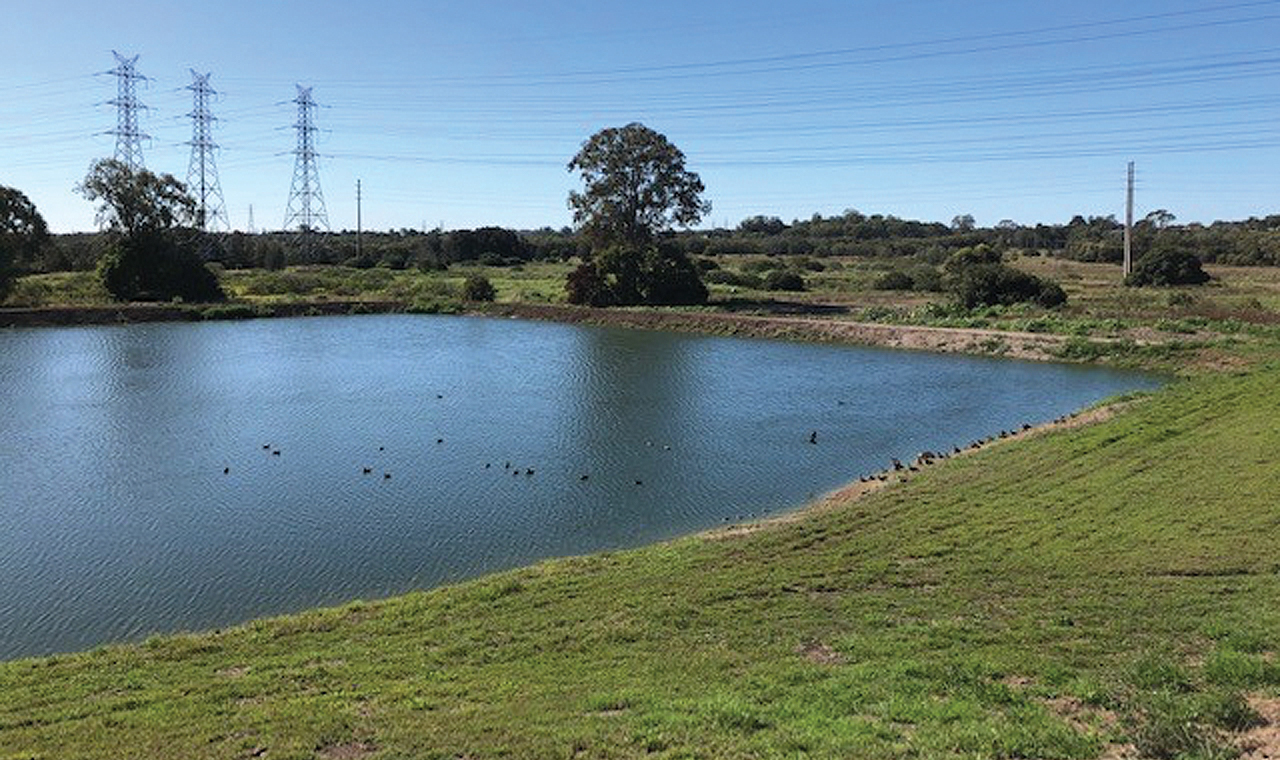
One of the remediated ponds at the Murarrie site showing wildlife activity
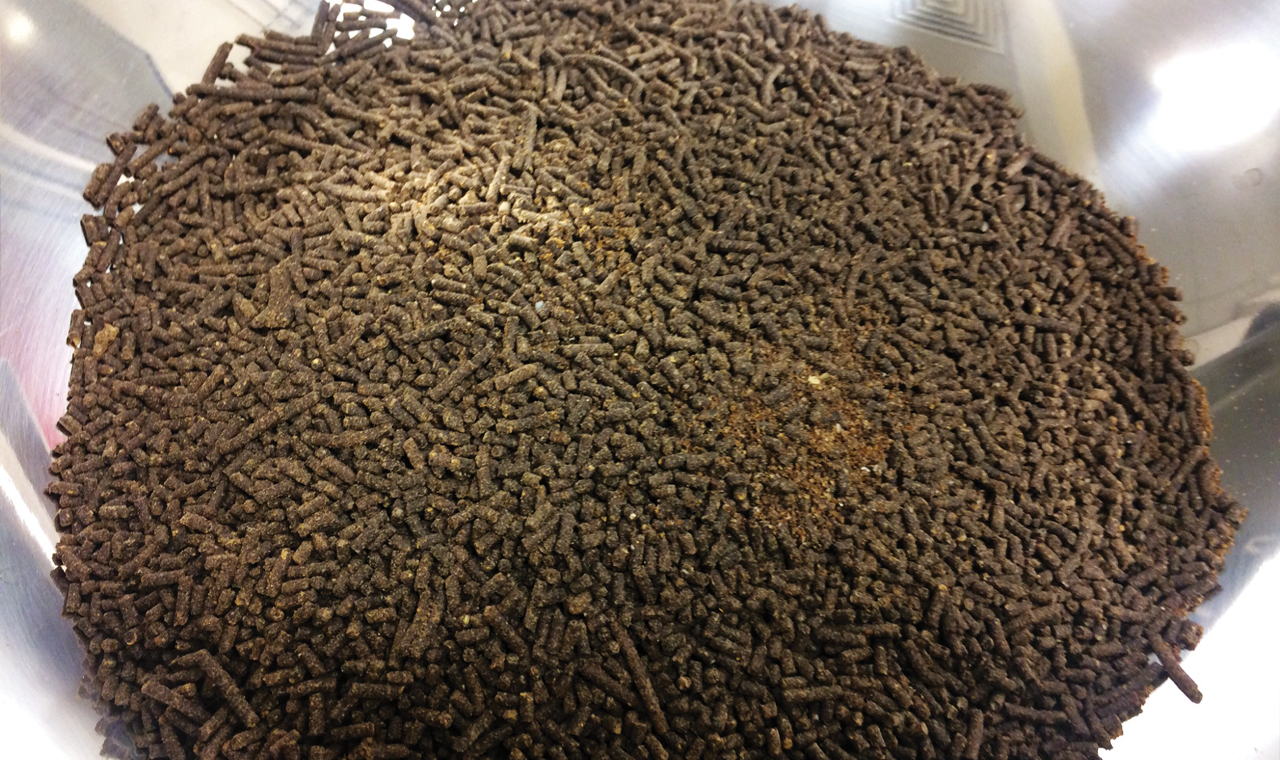
Fishmeal made from nutrients removed from wastewater treatment
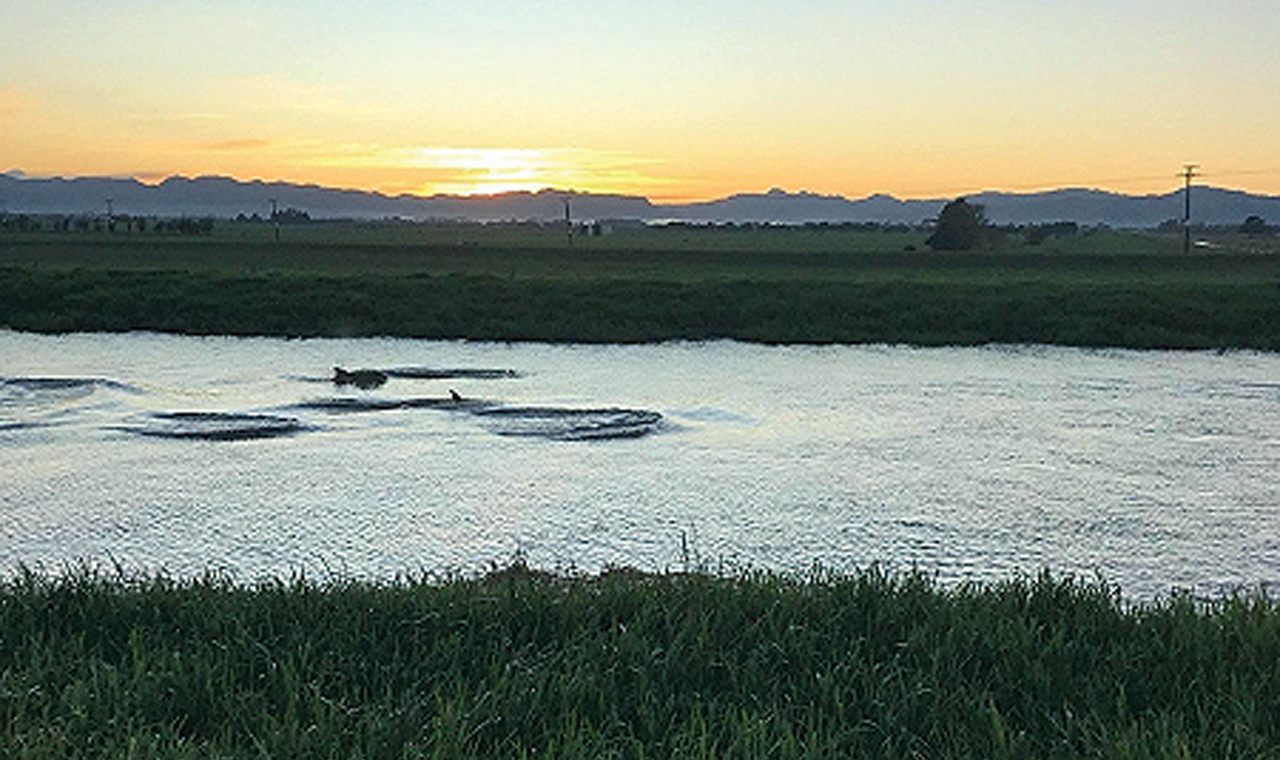
Photo credit: Department of Conservation, NZ, taken 19 May 2020
Sustainable Agriculture
Ingham’s proudly participates in the Sustainable Agriculture Initiative (SAI) to help protect and improve the environmental, social and economic conditions of farming, and the health and welfare of animals. Through this platform, we share knowledge and best practice to benefit across the agricultural supply chain.
We are also participating in a collaborative project to develop a climate ‘readiness to adapt’ tool.
Through an industry‑academia collaboration, we have developed a Feed Optimisation Model to better understand the environmental impact of the ingredients used in our animal feed.
Environmental compliance and performance
All Ingham’s sites have a bespoke Environmental Management Plan that details environmental compliance, risk management and sustainability. Recently, this Plan was independently assessed against the ISO template 14001:2015 (Environmental Management System) to help us continually improve and meet international standards.
GHG Emissions (kg CO2e/T)

Water (kL/T)
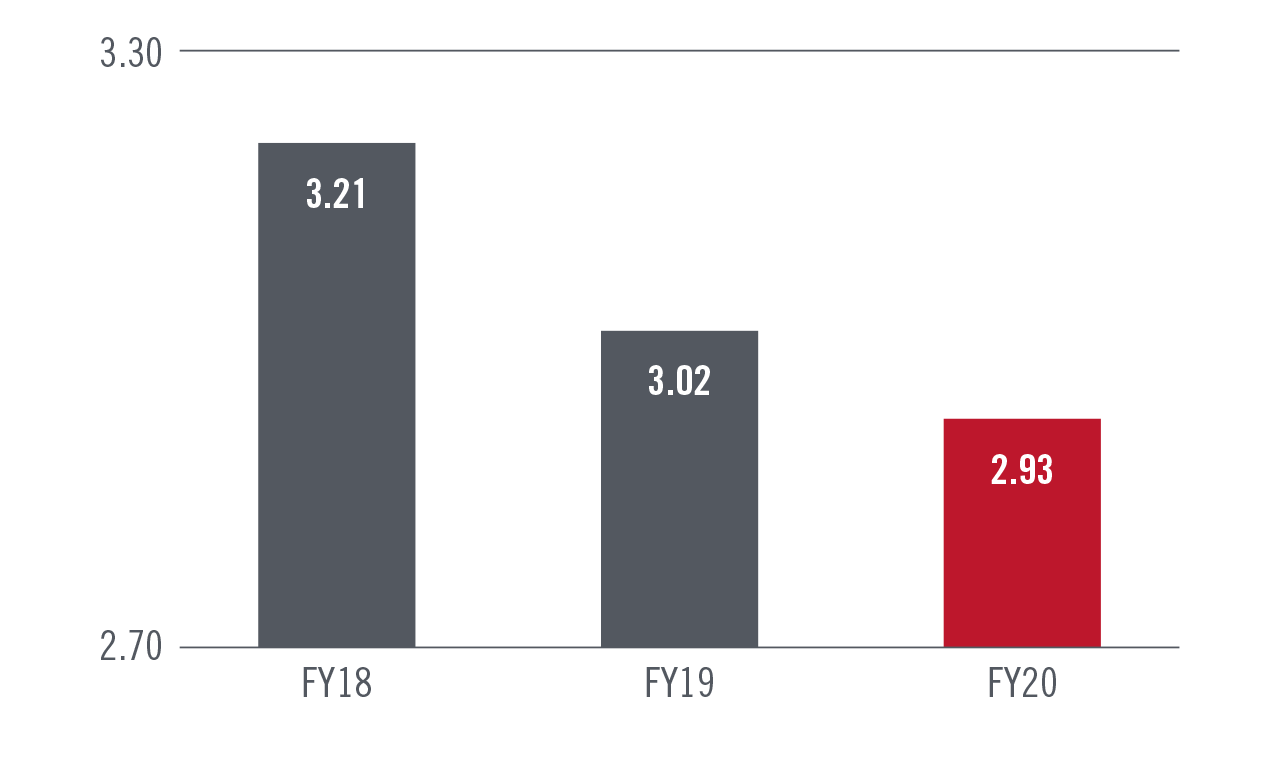
LF Waste (kg/T)
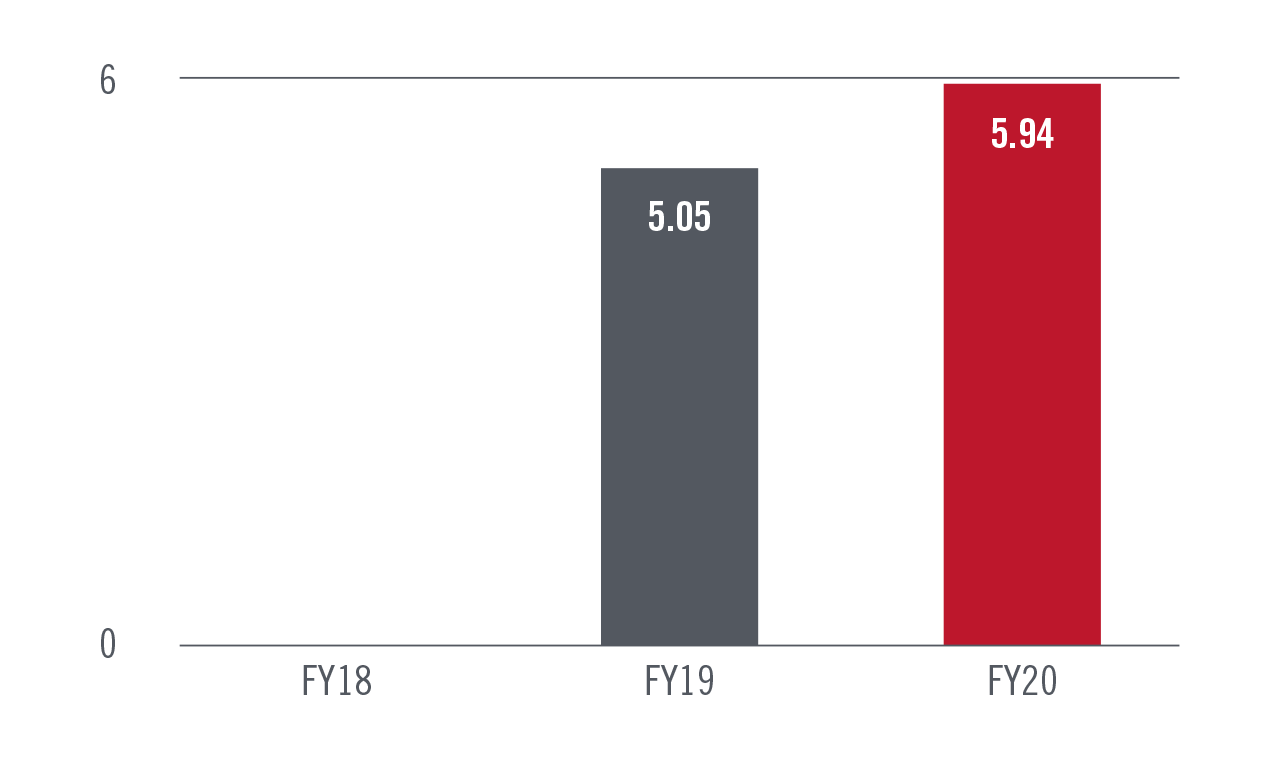
Ingham’s Planet measures include greenhouse gas emissions (GHG), water usage and landfill waste generation. We are pleased to report we are making positive progress towards reducing our environmental footprint even as our business continues to grow.
In FY20, we have reduced GHG emissions in our business operations by more than 3,700 tonnes, which is equivalent to driving along the Australian coastline 850 times.
We have improved our data collection on landfill waste to capture more than 99 per cent of data this year, providing us with a credible starting point to benchmark and measure our future performance. This year, we reported 75 per cent of our solid waste was diverted from landfill. The Matamata Hatchery, in New Zealand, reported more than 99 per cent of waste diverted from landfill.
We also have several initiatives aimed at reducing our environmental footprint monitored through our Life Cycle Assessment (LCA) tool.
The Ingham’s team has rallied right behind these initiatives at the following facilities by:
- introducing the Simply Cups Program at Lisarow, NSW, a closed‑loop solution that upcycles used paper‑based coffee cups, which have replaced the polystyrene cups
- completing LED lighting upgrades at Somerville and Thomastown in Victoria, and Murarrie in Queensland to reduce electricity usage
- installing a rainwater harvesting system at Sorell, Tasmania to reduce water usage by seven per cent, and
- completing two energy efficient projects to reduce GHG emissions at Somerville, harnessing the heat energy from our discharged refrigeration ammonia to reduce gas and electricity consumption and modifying the plant’s largest refrigeration compressor to reduce power consumption.
We have a dedicated team focused on packaging sustainability. This includes targeting 100 per cent kerbside recyclability of trays by the end of 2025 in line with the Australian 2025 National Packaging Targets. We are focused on incorporating recycled content in our packaging as much as possible without compromising the packaging functionality or food safety. Currently, the average recycled content across our packaging is 30 per cent and more than 90 per cent is reusable or recyclable.
We are also investigating the feasibility of using compostable plastic alternatives in the 2021 financial year to help divert further plastic waste from going to landfill.
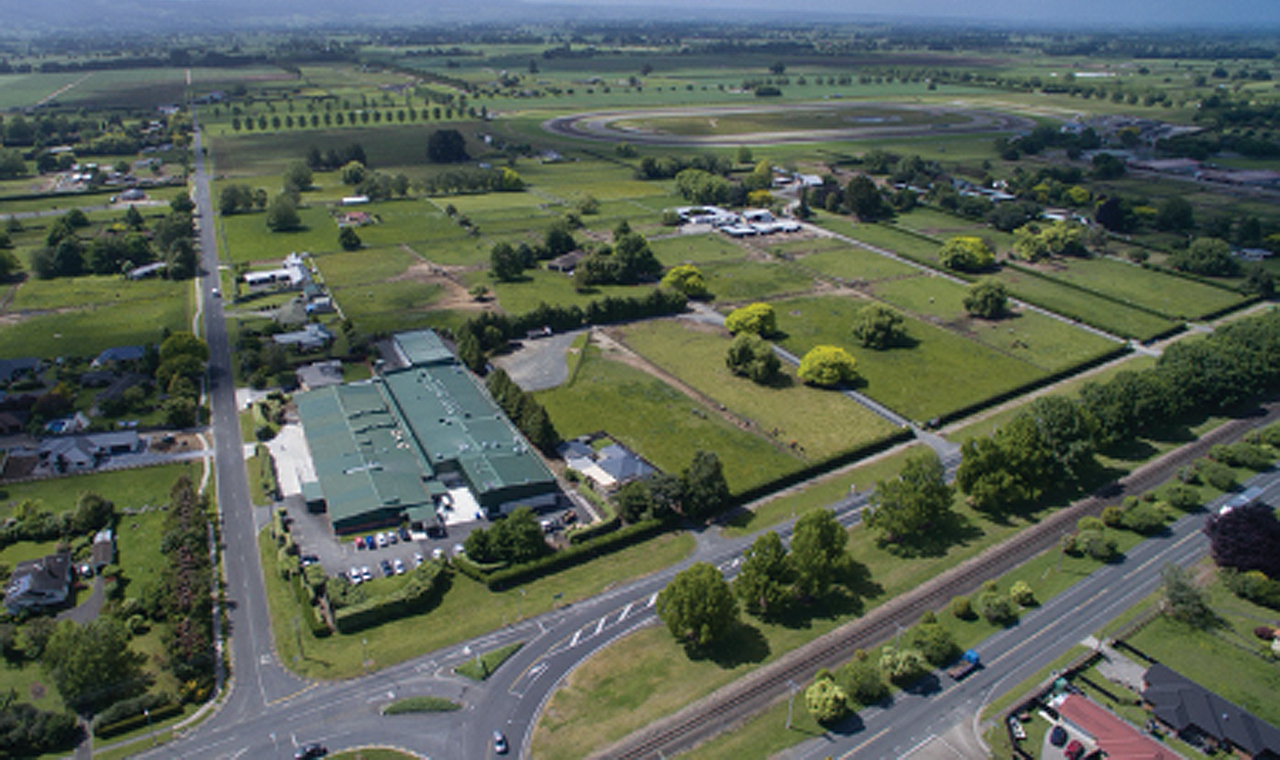
Matamata Hatchery in Waikato, New Zealand, where 99% of all waste is diverted from landfill
We also have several initiatives aimed at reducing our environmental footprint monitored through our Life Cycle Assessment (LCA) tool.
The Ingham’s team has rallied right behind these initiatives at the following facilities by:
- introducing the Simply Cups Program at Lisarow, NSW, a closed-loop solution that upcycles used paper-based coffee cups, which have replaced the polystyrene cups
- completing LED lighting upgrades at Somerville and Thomastown in Victoria, and Murarrie in Queensland to reduce electricity usage
- installing a rainwater harvesting system at Sorell, Tasmania to reduce water usage by seven per cent, and
- completing two energy efficient projects to reduce GHG emissions at Somerville, harnessing the heat energy from our discharged refrigeration ammonia to reduce gas and electricity consumption and modifying the plant’s largest refrigeration compressor to reduce power consumption.
We have a dedicated team focused on packaging sustainability. This includes targeting 100 per cent kerbside recyclability of trays by the end of 2025 in line with the Australian 2025 National Packaging Targets. We are focused on incorporating recycled content in our packaging as much as possible without compromising the packaging functionality or food safety. Currently, the average recycled content across our packaging is 30 per cent and more than 90 per cent is reusable or recyclable.
We are also investigating the feasibility of using compostable plastic alternatives in the 2021 financial year to help divert further plastic waste from going to landfill.
Labour practices and safety
We strive for zero harm and to send our employees home safely at the end of each workday.
COVID‑19 presented challenges to our business to ensure our people’s health, safety and welfare while continuing to maintain the highest standards of food safety, service and product quality to our customers and consumers.
To prioritise the health, safety and wellbeing of our people, we implemented industry‑leading actions in response to COVID‑19 including:
- establishing an Incident Management Team to coordinate our company‑wide actions and consultation with governments, health agencies, customers and unions to ensure we met safety standards
- providing additional leave benefits to enable our people to stay home, get tested, and stay safe without financial burden
- reconfiguring labour‑intense operations to enable physical distancing – of 1.5 metres in Australia and 2 metres in New Zealand – by installing guarding, and implementing enhanced personal protective equipment (PPE) and high standards of hygiene practices
- providing direction on car‑pooling to ensure safe travel to and from work
- building temporary on‑site facilities, such as lunchrooms, to accommodate physical distancing during breaks
- separating shifts to reduce the number of people at any one time on sites, and
- increasing communication and consultation with employees, including frequent updates on how to stop the spread of COVID‑19 via Workplace.
Our proactive Safety for Life Program operates within our Work Health and Safety Management System. This led to our Lost Time Injury Frequency Rate reducing by 45 per cent to 3.8 and our Total Recordable Injury Frequency Rate reduced by 63 per cent to 8.1.
Regrettably, one of our team members suffered a serious incident at Tahmoor in February 2020. We continue to support him with ongoing rehabilitation.
In December 2016, a team member working at Prestons in the weigh label room while stacking and adjusting pallets containing chicken products was injured as a result of being trapped by a robot in a robotic cell. SafeWork NSW investigated the incident.
A Notice of Acceptance of an Enforceable Undertaking under Part 11 of the Work Health and Safety Act 2011 has since been placed on Ingham’s to finalise the contravention with the following actions:
- develop and implement an electronic platform for a Work Health and Safety Management System designed for use in Ingham’s agribusiness operations
- share the learnings from the incident and the process for developing the electronic platform for the Work Health and Safety Management System
- develop a video to promote SafeWork NSW’s Participative Ergonomics for Manual Tasks (PErforM) Program, and
- partner with a creative advertising organisation to develop a public awareness campaign regarding musculoskeletal disorders.
The full undertaking is available at safework.nsw.gov.au
Sustainable procurement
Ingham’s has implemented a digital platform this year to manage supply chain risks related to quality, ethical sourcing, financial and commercial considerations across the company’s broad range of procurement categories.
This ‘Know Your Supplier’ platform will support Ingham’s ethical sourcing requirements across our supply chain.
Ingham’s is in the process of rolling out a Supplier Code of Conduct to all suppliers to establish expectations regarding human rights, the environment, ethical practices aligned to legal requirements, other relevant policies and international good practice.
We are taking steps to continue to safeguard and exclude children and forced labour from our operations and supply chains in accordance with the Australian Modern Slavery Act requirements.
This includes:
- introduction of a Whistleblower Policy
- developing training and tools to monitor our progress
- engaging a software solution to assess
- risks across our supply chain
- updating supply agreement templates to include a modern slavery clause, and
- developing a comprehensive policy for modern slavery.

